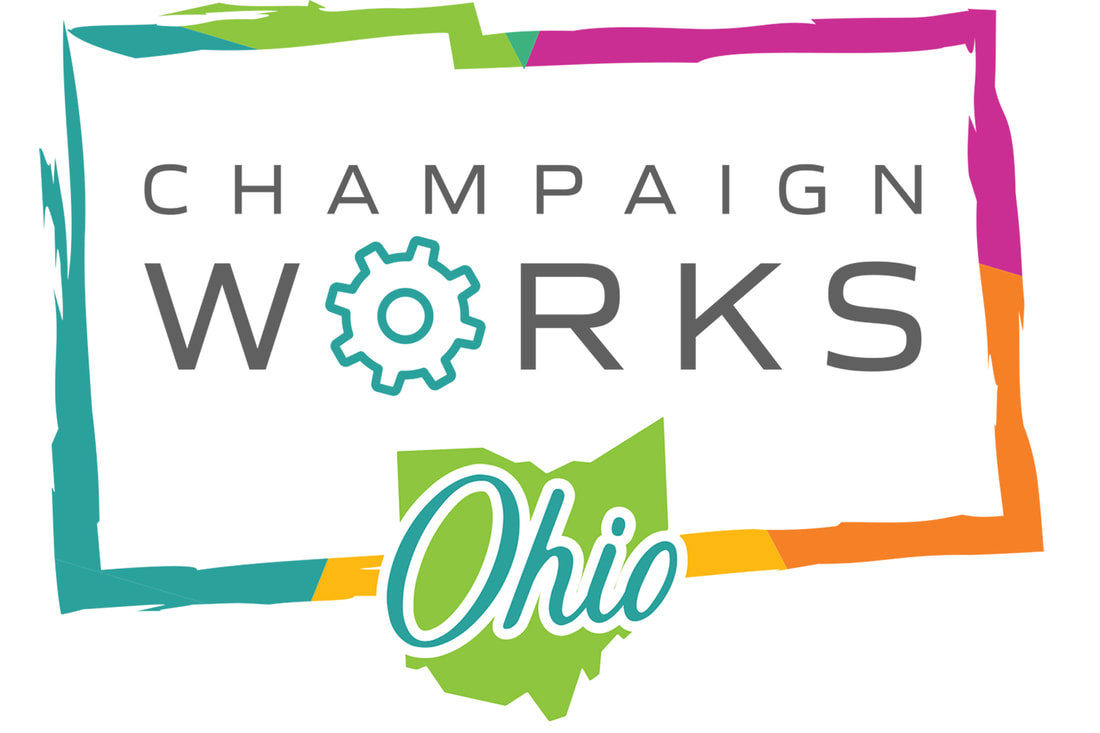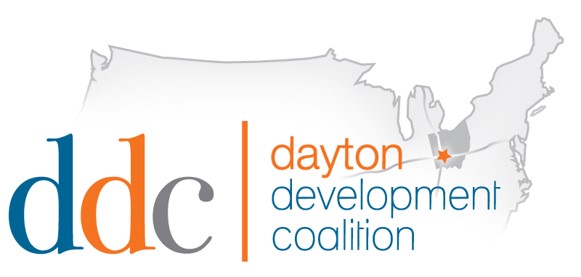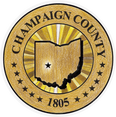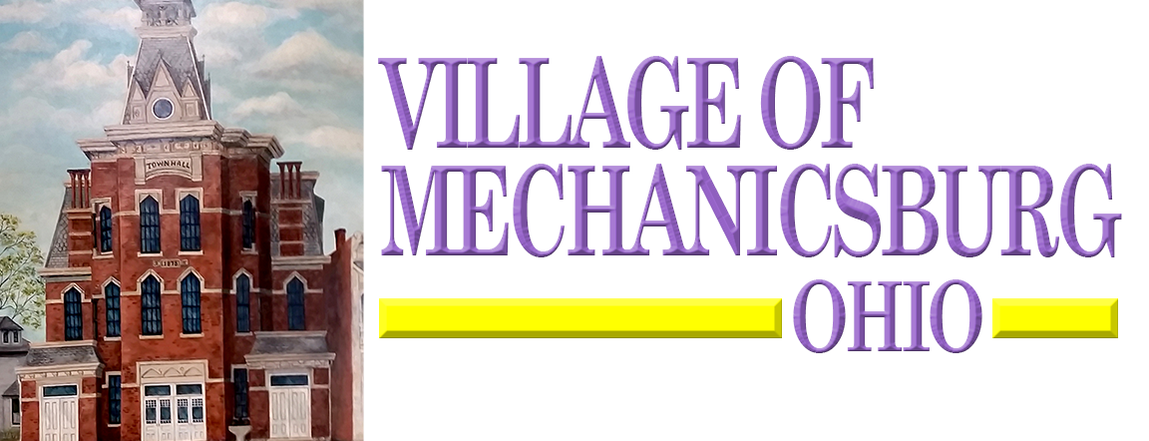“We do a lot of work in weak-market cities like Springfield, Toledo and elsewhere, but are more interested in making sure our communities are vibrant, sustainable places that people want to stay in and places that people want to move to. So, we do research to understand what are the challenges and opportunities in the state.”
In the analysis, GOPC plans to examine all components of the county’s housing market, including existing market housing conditions, obstacles and opportunities for housing, and housing affordability. The group then will provide recommendations to strengthen the housing market’s competitiveness in a draft to the steering committee by October, then as a final report by the end of the year. “What we are wanting to provide you with is a road map for how to move forward on the goals that you are setting for yourselves,” Goebel said. Goebel said that the finished product would sync closely with the comprehensive plan now being finalized by the Logan Union Champaign (LUC) Regional Planning Commission. A similar report GOPC is finalizing for the city of Springfield contains 16 recommendations divided into six categories, providing what Goebel said is a concrete set of to-do items after she leaves. A preliminary finding is that most of the people who work in Champaign County also live here, but that more who work here would move here if there were more housing options. While there is a statewide need for market-rate housing such as single family homes and rehabilitation projects, Champaign County also needs housing affordable to low- and moderate-income individuals, Goebel said. Goebel said that the study would focus on the municipalities of Urbana, Mechanicsburg, North Lewisburg and St. Paris, which contain almost 50% of the county’s population. GOPC researchers will spend the next several months gathering and analyzing data about Champaign County real estate as well as interviewing developers and other stakeholders. For more information, contact the GOPC at 614-224- 0187. Christopher Selmek can be reached at 937-508-2304.
0 Comments
She added that KTH has about 900 full-time associates, 130 of them “retirement eligible.”
The ESG team oversees the maintenance of KTH’s 1,100 robots and troubleshooting of mechanical and electrical issues. Bernardi and Boggs are the first interns that KTH has assigned to work in the ESG department, though the company has had engineering internships for several years, Wead said. In the Advanced Manufacturing Program at Triad, both interns completed classes in robotics, CNC, manufacturing operations and advanced manufacturing. Their Advanced Manufacturing teacher, Todd Bodey, made them aware of the internship opportunity at KTH. “I’m not sure where this will take me,” Boggs said, “but the robotics will be very interesting. I’m looking forward to working with everyone here.” Bernardi said he also is looking forward to working with the ESG team. “I love problem solving.” The CEP has coordinated other job signing ceremonies for graduates and students at ORBIS, Bundy Baking Solutions and Rittal. The events, patterned after signing ceremonies that colleges conduct for new student athletes, are part of the CEP’s workforce development initiatives. The CEP has been partnering with employers and local schools to better inform students about local employment opportunities and to help schools prepare students for the local workforce. KTH Parts Industries Inc. makes underbody structural frame components for cars and is Champaign County’s largest manufacturing employer. KTH is a Tier 1 supplier of automotive components worldwide. By Kathy Fox, Urbana Daily Citizen
The Public Utilities Commission of Ohio is encouraging everyone within the 937 area code region to start using that area code even for local calls as of Aug. 10. Starting Feb. 8, 2020, cell and landline callers will be unable to makelocal calls without the area code. On March 8, 2020, new phone numbers assigned in the current 937 area will be assigned a new area code: 326. “There are 7.9 million combinations of numbers available for any area code,” said PUCO spokesperson Matt Schilling, and it is estimated that numbers for the 937 area code will be reached in 2021. That includes 937 numbers assigned to cell phones, landlines, alarm devices, faxes, ATMs, etc. “The number doesn’t care what the technology is,” Schilling said. “What’s going to happen Feb. 8, 2020, is your phone will force you to dial the area code to make local calls,” he said, adding PUCO wants people to start using the area code Aug. 10 so it becomes second nature by Feb. 8, 2020. Schilling encourages those with home security systems, medical alert devices or other such technology to contact providers to make sure equipment is programmed with the 10-digit phone numbers. Saved contacts, speed dials, business cards and personal checks also may need updated. Current 937 numbers will not change. Current local calls will continue to be local calls. Long distance numbers won’t change. And, 911 and 411 and other three-digit numbers won’t change. PUCO advises people to start or continue to identify their phone numbers with the area code. Responding to a Daily Citizen query, the Champaign County and city of Urbana governments as well as the Urbana, Mechanicsburg and Triad school districts indicate their internal phone systems have ample 937 numbers to assign and/ or are internet-based and expect to be able to continue using 937 numbers in the future. Although 937 numbers available to be assigned are declining, numbers with that area code will become available over time and may be reassigned. Numbers are de-activated, when people move or die for example, and become available for reassignment after a period of time. Schilling said that period of time usually is 90 days for a personal phone number and a year for a business number. At one time, the practice was to divide an area code region geographically when an area code was due to be become exhausted. Such was the case in the 1980s when the 513 area code region was divided and Champaign County became part of the new 937 area code region. “Over the last 20 years or so, the practice has been to overlay,” Schilling said of assigning a new area code only to new numbers. He said businesses especially have found this system more convenient. “About five years ago, there was a survey (in the 740 area code region) … the response was overwhelmingly for an overlay,” Schilling said. The 220 area code was added to the 740 region. “There were minimal complications when they did this,” he said. “Very few complaints were brought to (PUCO’s) attention.” For more information, contact PUCO at puco. ohio.gov or 800-686-7826. Kathy Fox can be reached at (937) 508-2303 or 937-652-1331, ext. 1773.
H&P offers complete solutions for lighting systems designed and manufactured by H&P in the USA, including strobe and LED offerings. The company has a full engineering staff providing comprehensive support and design in optical, electrical, and mechanical disciplines.
The expansion of H&P’s product offerings with the Astronics line rounds out its already-robust portfolio to provide H&P customers more choices -- as well as a larger team of specialists to interpret, manufacture and deliver to their exact requirements. In conjunction with their current products, the Airfield Lighting product line from Astronics DME raises the H&P team to a complete line of FAA approved fixtures offered to the airfield lighting market. “The Airfield Lighting product line acquisition from Astronics DME strengthens our core business and is a great fit for our strategic direction. We are excited to expand our airfield lighting products and resources to our customers around the globe,” said Steve Schneider, CEO of Hughey and Phillips. About Hughey & Phillips Hughey and Phillips is one member of a conglomerate of companies serving the aviation, transportation, security and medical markets from its headquarters in Urbana, Ohio. H&P is a global leader in airport lighting and obstruction products and has been serving the safety needs of the transportation industry since the 1930s. For more information and to view their complete product line, visit hugheyandphillips.com. About Astronics Corporation Astronics Corporation (Nasdaq: ATRO) serves the world’s aerospace, defense, and other mission-critical industries with proven, innovative technology solutions. Astronics works side-by-side with customers, integrating its array of power, connectivity, lighting, structures, interiors, and test technologies to solve complex challenges. For 50 years, Astronics has delivered creative, customer-focused solutions with exceptional responsiveness. Today, global airframe manufacturers, airlines, military branches, completion centers, and Fortune 500 companies rely on the collaborative spirit and innovation of Astronics. For more information on Astronics and its solutions, visit Astronics.com.
“It’s exciting that another piece of the puzzle has been approved for funding,” said Champaign Economic Partnership Executive Director Marcia Bailey. “Nothing is finalized yet, and we’re not quite ready to sign for the property, but the city, Urbana City Schools and the CEP have done everything we can on our end and now we’re continuing to work with Flaherty & Collins to get this project to the final stages.” According to ODSA, Legacy Place is only the second project to be awarded in Urbana. The awards are planned to assist private developers in rehabilitating historic buildings in downtowns and neighborhoods that, once rehabilitated, drive further investment and interest in adjacent property. “The historic preservation tax credit is another way we’re investing in our communities,” said Gov. Mike DeWine in a news release. “These investments can spur development in a neighborhood or downtown.” “Partnering with communities and developers across Ohio, we’re preserving historic sites that make Ohio unique,” said Lydia Mihalik, director of ODSA. “We’re creating new opportunities for small businesses and housing.” The Ohio Historic Preservation Tax Credit program is administered in partnership with the Ohio History Connection’s State Historic Preservation Office. The state Historic Preservation Office determines if a property qualifies as a historic building and if the rehabilitation plans comply with the U.S. Secretary of the Interior’s Standards for Rehabilitation. Legacy Place Bailey said that in addition to providing a built-in customer base for downtown business owners, the project will be an example for the Moving Downtown Forward committee to inform developers how to move projects ahead in downtown Urbana. According to information from the ODSA, the Douglas Inn was constructed about 1870 in the Second Empire style with a mansard roof. The structure has been vacant since 2004. When ready to complete the sale of property, Flaherty & Collins will work directly with private owner John Doss to acquire the Douglas Inn. “Just seeing the Douglas get put back into use again is a very positive thing for the community,” said Community Development Manager Doug Crabill. “Seeing those school buildings be reused rather than being torn down and vacant lots gives us a good feeling, because at least we know there is a plan for re-purposing those buildings.” “It’s something we’re used to doing and we feel like there’s usually an extra need for senior housing in communities, and in communities like Urbana there’s a need to help older (buildings) continue their life,” said Julie Collier, vice president of Development for Flaherty & Collins Properties. “It’s two-fold for us because we’ll help save some important buildings in … Urbana, and we’ll also fulfill a housing need for local residents.” The two schools, built in 1901 and 1921, served the city’s children until they became vacant in 2018. Bailey said the Ohio Revised Code allows the school district to dis-invest of the two properties no longer needed by the school district. Rather than demolish the buildings, the plan is for them to be purchased by the city for $1 each under an alreadysigned purchase agreement. Then the CEP will act on behalf of the city to sell the buildings to Flaherty and Collins. “The city council agreed to do all of this,” said Bailey. “We had the city schools that were willing because they didn’t want to see the buildings (demolished) either, and it’s a cost savings for taxpayers not to have to pay for the demolition. But the city council agreed that they will take on the buildings … That was an important component, because if the city had not agreed to do that we wouldn’t be where we’re at right now.” On March 19, the Urbana City Council unanimously passed a resolution of support for the developers of Legacy Place to apply to the Ohio Historic Preservation Tax Credit Program. Flaherty & Collins also obtained tax credits through the Ohio Housing Finance Agency.
‘Legacy Place’ project in Urbana receives almost $1M in funding from state tax credit
The project, called Legacy Place, would create 51 housing units available to residents 55 and older. “We are super excited, this was a big hurdle and achieving this credit is a really exciting achievement,” said Marica Bailey, Director of the Champaign Economic Partnership. “We are ready to move forward with this process.” MORE: Plan might find new use for Douglas Hotel, longtime Urbana eyesore While funding for the project has been secured, Bailey said, the project is still a work in progress. “There is no start time,” Bailey said. “This project is still in the making, but this is a big step in the making.” The Ohio Historic Preservation Tax Credit is administered in partnership with the Ohio History Connection’s State Historic Preservation office and the Ohio Development Services Agency. The credit is awarded to, “assist private developers in rehabilitating historic buildings in downtown and neighborhoods.” “Partnering with communities and developers across Ohio, we’re preserving historic sites that make Ohio unique,” Lydia Mihalik, director of the Ohio Development Services Agency, said in a news release. “We’re creating new opportunities for small businesses and housing.” The Legacy Place project is just one of 22 projects awarded the tax credit. In total, the Ohio Department of Services Agency awarded more than $28 million for the rehabilition of 49 historic buildings, according to the ODSA. Under the Legacy Place project, the city of Urbana has agreed to take ownership of the two elementary school buildings and transfer them to the Champaign Economic Partnership. The CEP will then transfer the two buildings to Flaherty and Collins. The next step in the Legacy Place project since receiving the credit, will be to work on transferring and finalizing property agreements, Bailey said. “We are going to be meeting up and working through the fine details of the project and finalizing some of the purchasing agreements and stuff like that in the coming months,” Bailey said. The former Douglas Hotel is privately owned by John Doss, who plans to work out a separate agreement with the company. Doss said previously that he purchased the Douglas with plans to eventually restore it, although it’s been a slow process to track down funding and find a suitable project. The former hotel has been vacant for more than a decade and city officials have said in the past they believe the building is an eyesore downtown. Turning the site into senior housing will encourage more residents to live downtown and create new opportunities for retailers, Bailey said. “This is going to have a tremendous impact and the making of this has been an incredible effort,” Bailey said. Thank you for reading the Springfield News-Sun and for supporting local journalism. Subscribers: log in for access to your daily ePaper and premium newsletters.
$988,058: Total tax credit the Legacy Place project has received as a part of the Ohio Historic Preservation Tax Credit 51: Housing units for residents 55 and older the Legacy Place project will create 3: Total properties involved in the senior housing plan- 2 elementary schools and the Douglas Hotel The Springfield News-Sun is committed to covering economic developments in Clark and Champaign counties. |
Archives
February 2024
Categories
All
|
|
CEP Office Location:
40 Monument Square, Suite 306 Urbana, Ohio 43078 937-653-7200 |
All drone photography courtesy of Jassen Dobyns of UAVisions LLC. Additional photography courtesy of Dave Millner of the Champaign Camera Group.
Website by Berry Digital Solutions, LLC Urbana, Ohio |
Click on the logos for more information.

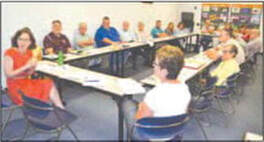
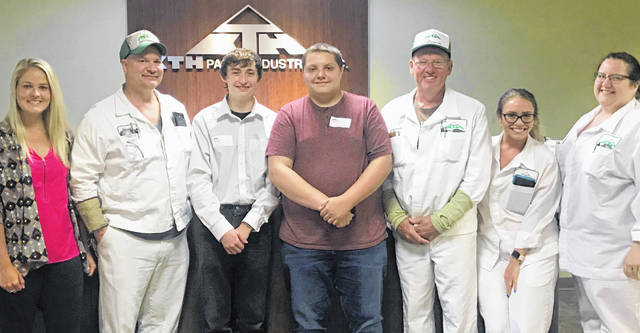

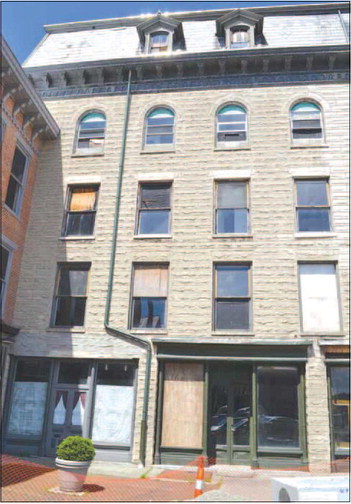
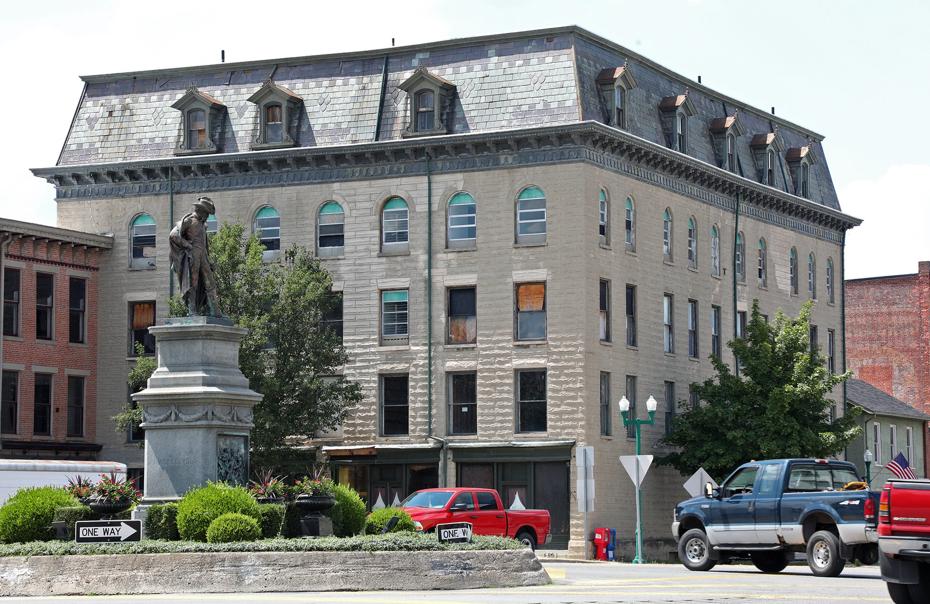
 RSS Feed
RSS Feed

